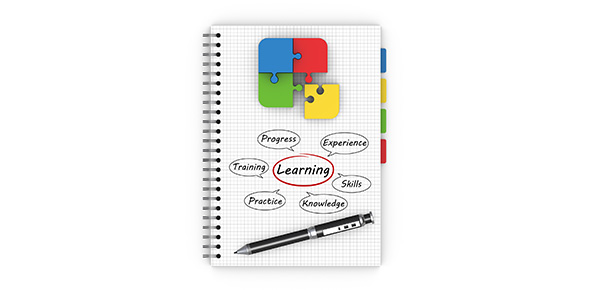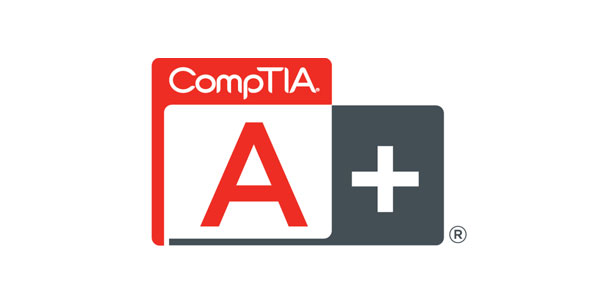Related Flashcards
Related Topics
Cards In This Set
| Front | Back |
|
1.1- How does the government affect a person's income and expenditure?
|
16-19 year olds: The government pays an Educated Maintenance allowance to encourage pupils from poorer families to continue their education. Money can be provided for child care for those under 20 who want to continue with their education. Uni Students: The government subsides course fees and provides low - interest 'student loans'. The rate of interest charged on student loans are low compared to bank loans.Working age: Benefits to help them find or maintain emplyment. Tax Credits help increase a person's net pay of low- paid workers, so they are better off working than claiming unemplyment benefits. Job Centre Plus: Provide benefits and services to help more people find work, (Jobseekers Allowance) start their own businesses , help individuals manage low- paid jobs or help with work related accidents/ illness Pensions: The government pays pensions to help those retired as they will have no income, only if they have paid enough National Insurance Contributions. The government will also pay a variety of other benefits to pensionors on low income (eg. Winter Fuel Payment)
|
|
1.3- How do Markets and Businesses operate?
|
A market exists whenever buyers and sellers come togetherThe market price is determined by the price the buyer is willing to pay and the price that businesses need to cover their costs. (Equilibrium Point )If a good does not sell well then the suppliers will have to lower the price. Eventually, the price will settle at a point where supply equals demand. --> Market PricePrices change whenever there is a change in supply or demand. Example: When oil prices are rising, costs for all companies will rise as they need oil for energy, heating and transport. Businesses will have to increase their prices to cover increased production costs.
|
|
1.5 The difference between APR and AER
|
APR: The Annual Percentage Rate is the interest rate published onloans to help compare their true costs.
AER: The Annual Equivilent Rate is a figure quoted in savingsadvertisements to help people compare one saving account to another. It shows what the interest rate would be if interest was paid and compounded once a year. |
|
3.2 The Non Monetary factors affecting the demand for imports and exports from the UK
|
Style and ImageQualityReliability
|
|
2.3 The factors that affect the Supply of Labour
|
Monetary Factor:How much the job pays
Non Monetary Factors:GenderEthnic Origin TaxationState Benefits |






